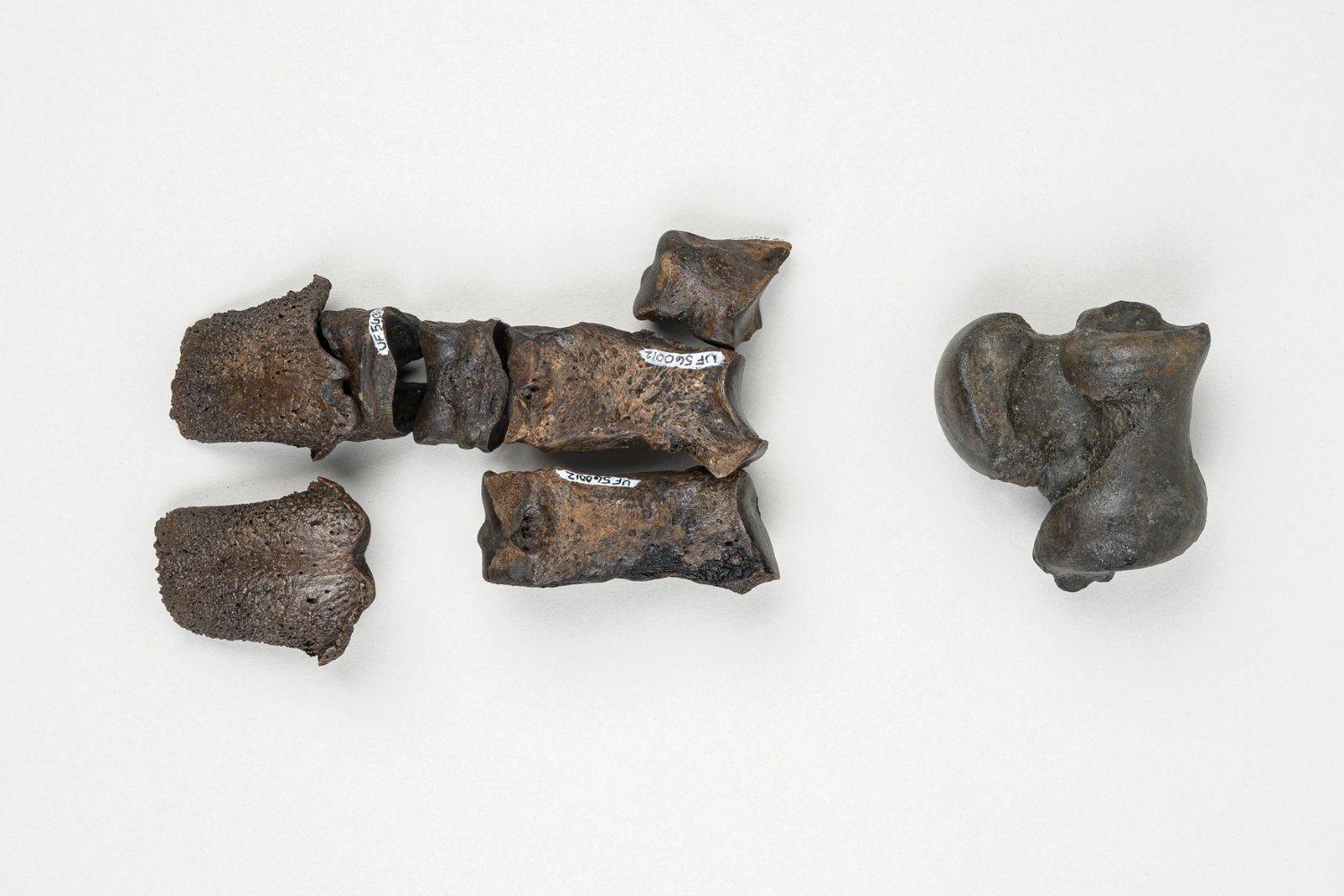
Diving into the Depths of Florida’s Fossil History
A Serendipitous Discovery
Over half a million years ago, fate cruelly led numerous animals to their demise in a sinkhole in present-day Florida. Their remains lay dormant for millennia until 2022, when fossil hunters Robert Sinibaldi and Joseph Branin serendipitously stumbled upon the hidden treasure while diving in the murky Steinhatchee River.
A Window into the Past
The 552 meticulously preserved animal fossils unearthed by Sinibaldi and Branin illuminated an enigmatic period of Earth’s history: the middle Irvingtonian ice ages. This discovery provided valuable insights into a time previously shrouded in mystery.
According to the study published in Fossil Studies, the ill-fated animals met their end when they fell into the sinkhole. Over time, layers of sediment encased their remains, preserving them for hundreds of thousands of years. As the Steinhatchee River changed course due to erosion, it eventually encountered the sinkhole and washed the fossils into its depths.
A Collaboration of Passion and Expertise
The fossil hunters submitted their findings to the Florida Museum of Natural History, where paleontologists meticulously examined the specimens and confirmed their extraordinary origins. Rachel Narducci, vertebrate paleontology collections manager at the museum and co-author of the study, emphasized the significance of the discovery: "The fossil record, not just in Florida, lacks evidence from the middle Irvingtonian North American land mammal age. This is only the second known site of its kind in the state."
Unveiling Evolutionary Transitions
The scarcity of fossil evidence from the middle Irvingtonian has hindered our understanding of the evolutionary trajectories of certain animals. The Steinhatchee River fossils shed light on the transition of Holmesina floridanus, an extinct giant armadillo species, to its larger counterpart, Holmesina septentrionalis.
The ankle and foot bones from the fossils revealed a blend of characteristics from both H. floridanus and H. septentrionalis. This discovery suggests that the anatomical changes associated with their size increase occurred gradually.
A Glimpse of Florida’s Ancient Landscape
The abundance of caballine fossils—an early group of horses—within the Steinhatchee River deposit offers insights into the ancient Florida landscape. These creatures thrive in open habitats, so their prevalence implies that prehistoric Florida was less forested than today.
"This site provides us with complete specimens that allow us to study upper teeth, lower teeth, and front incisors from the same individuals," said Richard Hulbert, lead author of the study and retired vertebrate paleontology collections manager at the Florida Museum. The wear patterns on the well-preserved teeth may shed light on the types of plants these enigmatic equines consumed.
Unlocking the Secrets of an Unusual Tapir
An intriguing tapir skull discovered among the fossils has raised questions about its species classification. It may represent a previously unknown species or simply be an unusual variation within the population. "We require more skeletal elements to determine the true nature of this tapir," noted Hulbert.
The Legacy of Collaboration
The Steinhatchee River discovery adds to the growing number of vertebrate fossil sites identified by enthusiastic amateur paleontologists in Florida. This collaboration between passionate hobbyists and experienced researchers highlights the potential for fruitful partnerships that advance our understanding of Earth’s ancient history.
